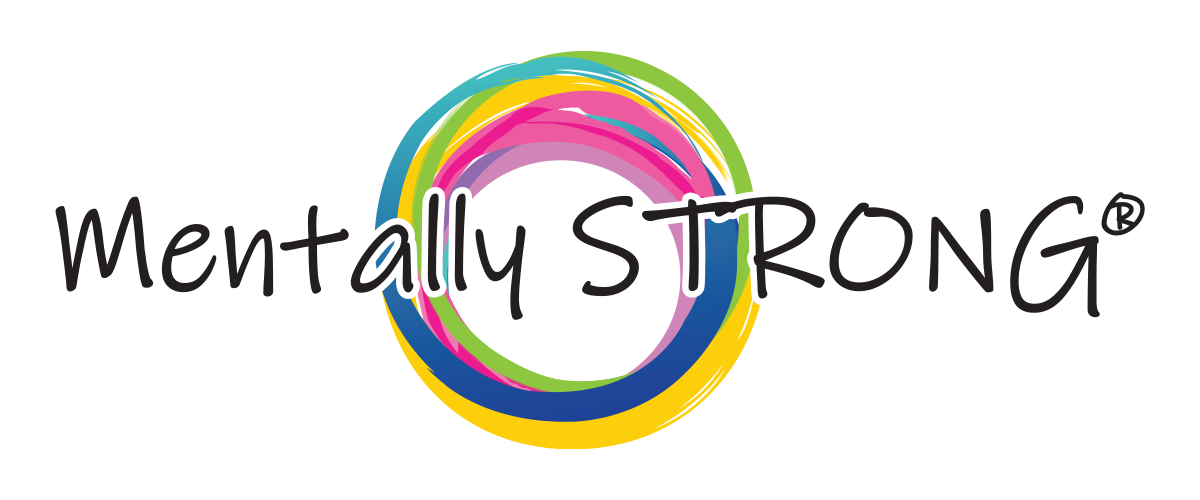Insomnia is a sleep disorder that affects millions of people worldwide. It is characterized by difficulty falling or staying asleep, leading to daytime fatigue, irritability, and other negative consequences. However, only some people who experience difficulty sleeping meet the diagnostic criteria for insomnia. This article will explore the DSM criteria for insomnia and how they can be used to diagnose and treat this common sleep disorder.
DSM Criteria for Insomnia
To receive a diagnosis of insomnia, an individual must meet the following DSM criteria:
- Dissatisfaction with the quality of sleep
- Clinically significant impairment in social, occupational, or other areas of functioning
- Difficulty initiating or maintaining sleep or waking up too early
- Sleep disturbance occurs at least three nights per week for at least three months
- Sleep disturbance is not due to a medical condition, medication, or other sleep disorder
It is important to note that while 30% of adults report sleep disorder symptoms, only 10% meet the criteria for insomnia. Of that 10%, 40% to 50% have a comorbid condition such as anxiety or depression. Therefore, it is essential to perform a thorough evaluation to rule out other potential causes of sleep disturbance before diagnosing and treating insomnia.
Objective Vs. Subjective Criteria
One of the challenges of diagnosing insomnia is the subjective nature of some criteria. For example, the first criterion is “dissatisfaction with the quality of sleep.” This can be difficult to quantify objectively, as it depends on an individual’s perception of their sleep. However, to meet the criteria for insomnia, the sleep disturbance must also result in clinically significant impairment, which can be objectively measured.
Other factors that can impact sleep quality include sleep hygiene. This includes maintaining a regular sleep schedule, avoiding caffeine and alcohol before bedtime, and creating a comfortable sleep environment. These factors should be addressed before considering a diagnosis of insomnia.
Diagnosing Insomnia
If a patient meets the criteria for insomnia, the next step is to determine the underlying cause of the sleep disturbance. This can be accomplished through patient history, physical exam, and sleep study.
A sleep study, or polysomnography, involves monitoring brain waves, heart rate, and other physiological measures during sleep. This can provide valuable information about the quality and quantity of sleep and potential causes of sleep disturbance, such as sleep apnea.
Treating Insomnia
Treatment for insomnia depends on the underlying cause of the sleep disturbance. In cases where the reason is a comorbid condition such as anxiety or depression, treating the underlying disease may alleviate insomnia. Other treatments for insomnia may include medication, cognitive-behavioral therapy, or a combination of both.
Insomnia is a common sleep disorder that can significantly impact an individual’s quality of life. However, only some people with trouble sleeping meet the diagnostic criteria for insomnia. By understanding the DSM criteria for insomnia, healthcare providers can accurately diagnose and treat this condition, potentially improving the quality of life for patients who struggle with sleep.

